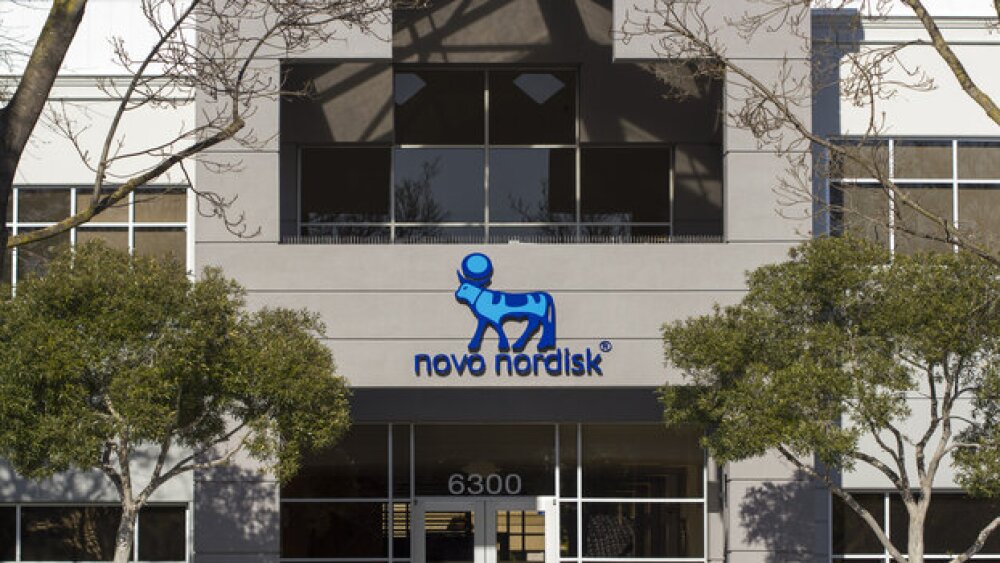Cambridge, Mass.-based Moderna announced publication of results from two Phase I clinical trials of mRNA vaccines against two strains of influenza, H10N8 and H7N0. They were both published in the journal Vaccine.
Cambridge, Mass.-based Moderna announced the publication of results from two Phase I clinical trials of mRNA vaccines against two strains of influenza, H10N8 and H7N0. They were both published in the journal Vaccine.
Both strains of influenza virus have shown high fatality rates, but neither has received vaccine approval. In the H10N8 trial, 201 healthy volunteers 17 to 64 years of age received two doses of the vaccine or placebo three weeks apart, either intramuscularly or intradermally at two different doses. The higher dose, 100 µg IM, provided seroprotective immunity in 100% of participations and microneutralization titers in 87%. The 25 µg ID doses induced HAI titers of equal or greater than 1:40 in 64.7% of participants compared to 34.5% in participants receiving the IM dose. HAI titers of 1:40 and MN titers of 1:20 are believed to be protective in seasonal flu vaccines.
In the H7N9 trial, 156 healthy volunteers between the age of 17 and 49 years received two doses of vaccine or placebo three weeks apart at one of three doses, 10 µg, 25 µg or 50 µg. A small subgroup received two doses of 25 µg or 50 µg IM six months apart. All three doses given IM achieved HAI titers of equal or greater than 1:40 in 36%, 96.3% and 89.7%, respectively. MN titers of greater than or equal to 1:20 were hit by 100% in the 10 µg and 25 µg groups and by 96.6% in the 50 µg group.
“Both seasonal and pandemic influenzas are serious public health problems, and there is a clear need for effective vaccines that can be quickly developed and deployed,” stated Mike Watson, a study co-author and senior vice president of vaccine partnerships and health impact at Moderna. “Production of current flu vaccines takes significant time and requires virus or antigen production in cell-culture or eggs and in dedicated facilities. These Phase I data highlight the potential of Moderna’s mRNA platform to demonstrate similar or better immunogenicity than existing vaccines, which can be rapidly produced in a multi-use facility.”
It was only a week ago that Moderna presented a pipeline update at the American Society of Gene & Cell Therapy (ASGCT) held in Washington, DC. The data included preclinical research in ornithine transcarbamylase deficiency (OTC) in collaboration with the Perelman School of Medicine at the University of Pennsylvania; maple syrup urine disease (MSUD), also in collaboration with Penn; arginase-1 (ARG1) deficiency in collaboration with the University of California, Los Angeles Department of Surgery and Department of Molecular and Medical Pharmacology; Factor VIII deficiency (hemophilia A), in collaboration with Seattle Children’s Research Institute; and several other programs.
“mRNA medicines have the potential to treat the underlying cause of many metabolic diseases, and may offer important advantages over conventional gene and enzyme replacement therapies for eligible patients,” stated James M. Wilson, director of the Gene Therapy Program at Penn. “This includes the potential to develop controlled, dose-dependent and transient treatments that may benefit infants and children with these disorders and patients with diseases that are not addressable with current viral-based approaches.”
Moderna’s focus is on mRNA therapeutics. Messenger RNA delivers information from DNA to the ribosome, where they transfer the amino acid sequence of the proteins the DNA is coding for. The theory is that by coding mRNA for specific proteins and compounds, the cells can be “programmed” to act as the drug manufacturers.
Moderna currently has 21 mRNA candidates in its pipeline with 11 in the clinic. Four of those are vaccines: respiratory syncytial virus (RSV) vaccine, in collaboration with Merck; cytomegalovirus (CMV) vaccine and human metapneumovirus and parainfluenza virus type 3 vaccine. Four development candidates include the influenza vaccines mentioned above, Zika vaccine with the Biomedical Advanced Research and Development Authority (BARDA) and chikungunya vaccine with the Defense Advanced Research Projects Agency (DARPA).





